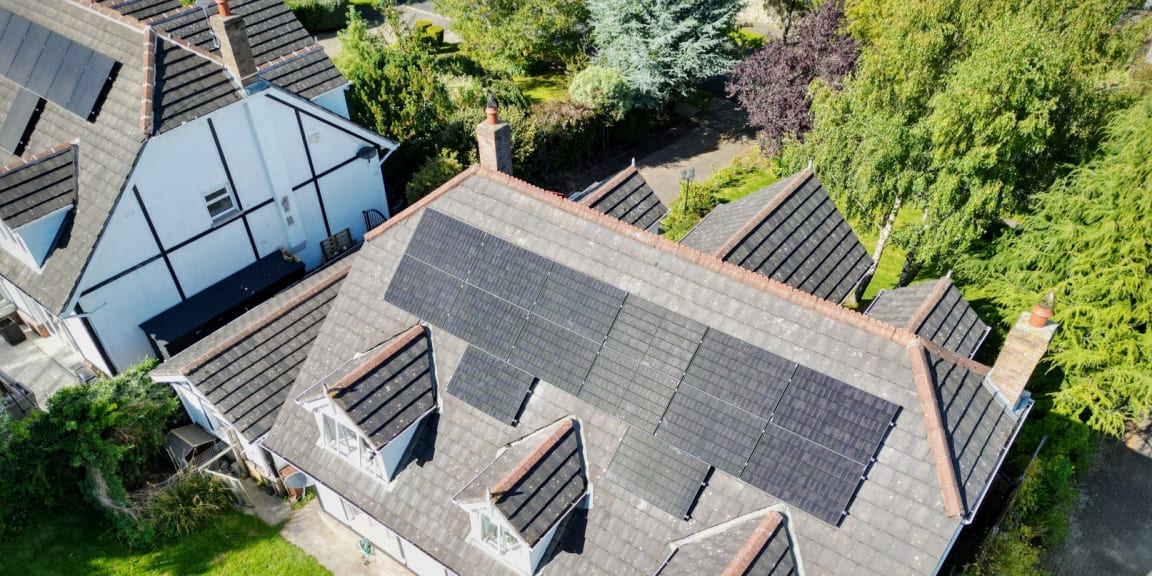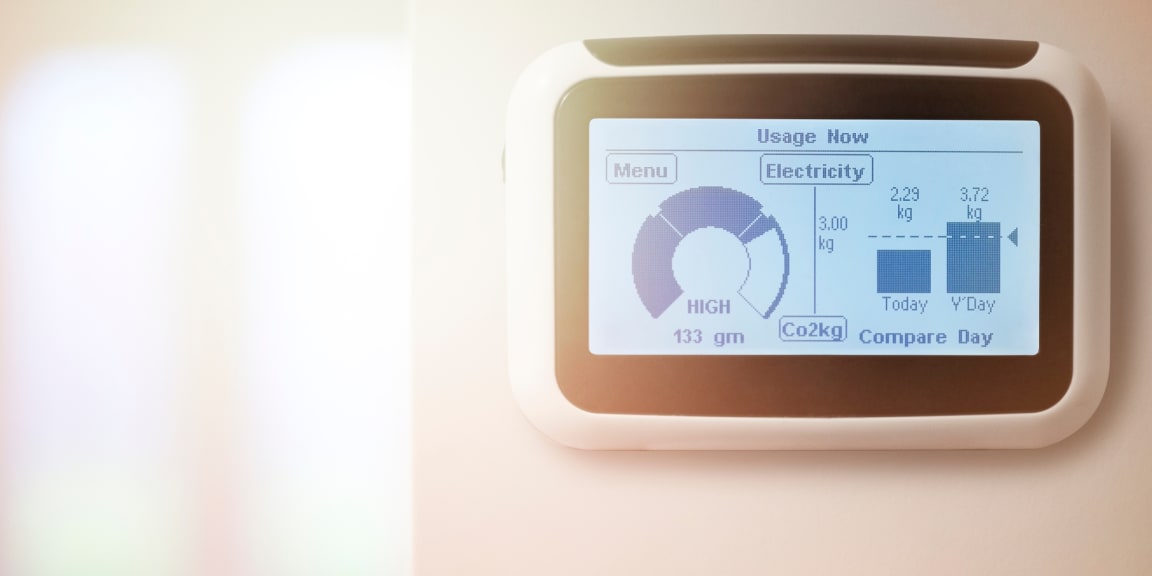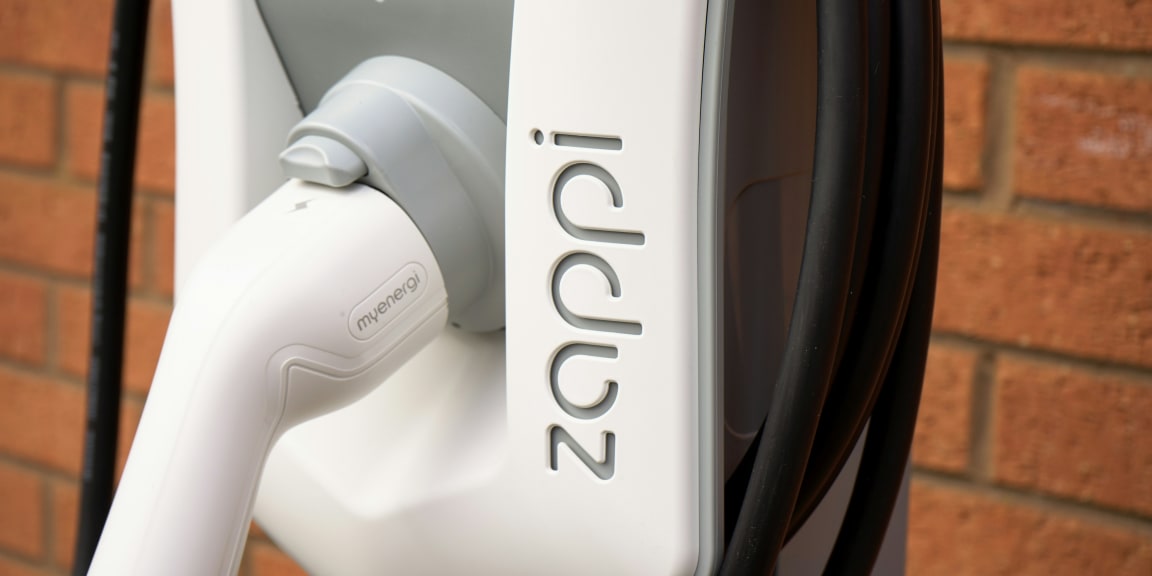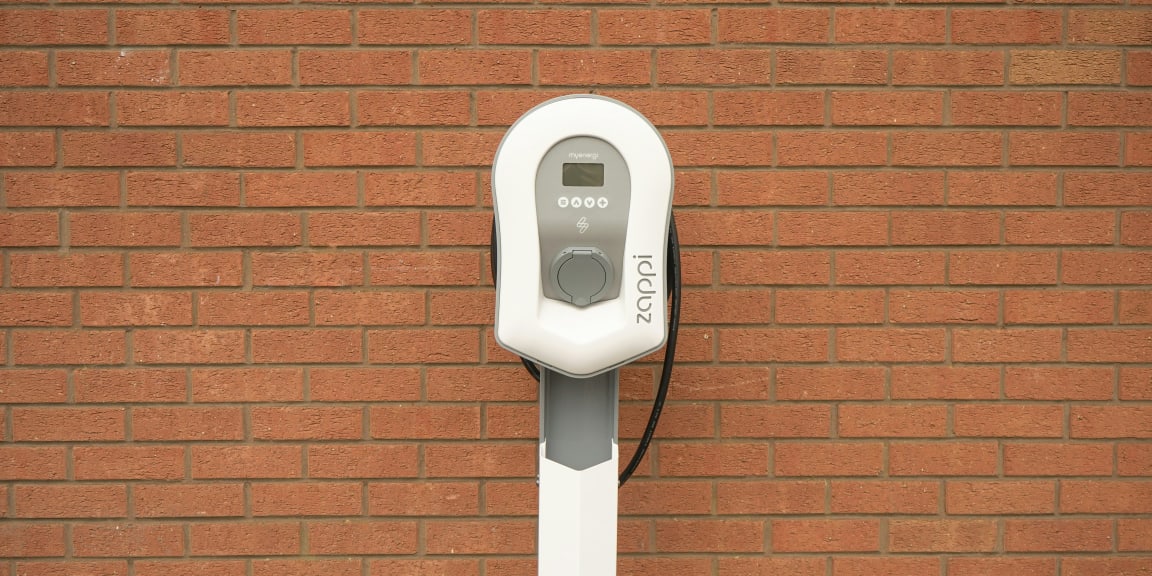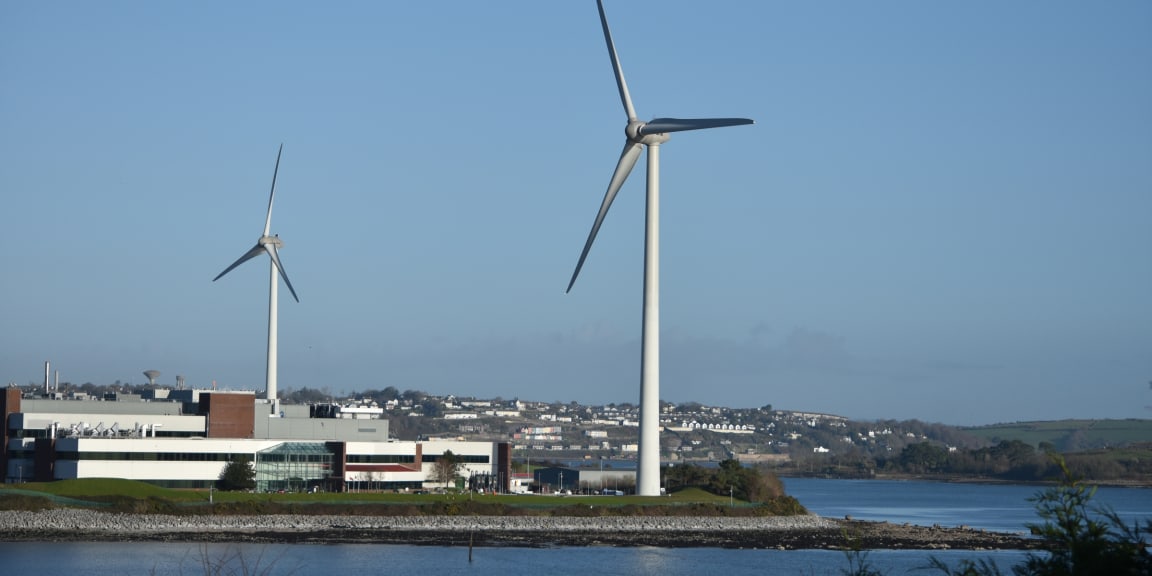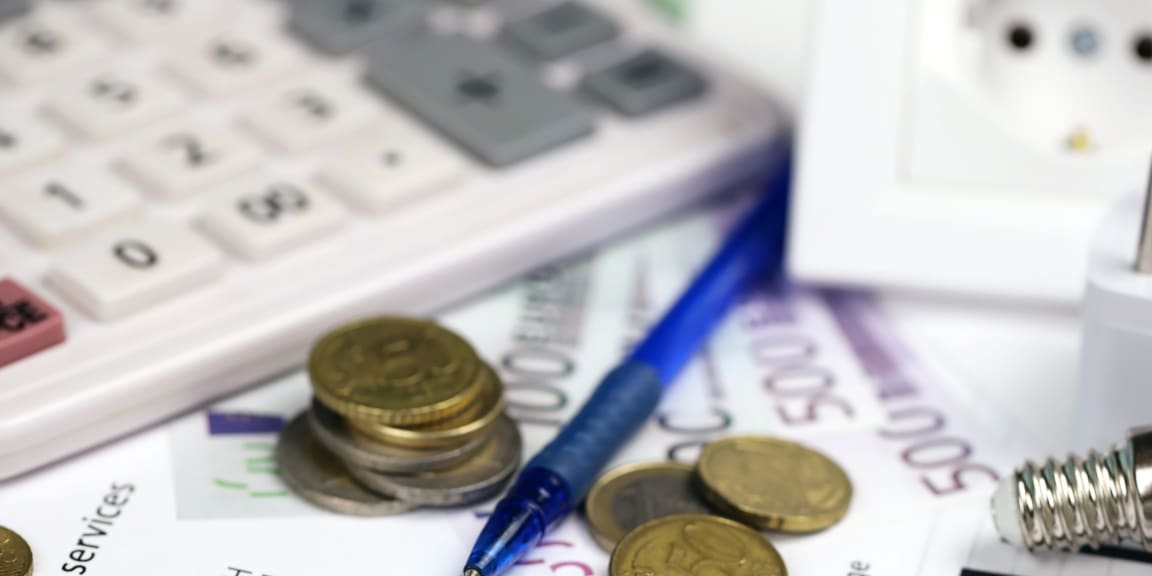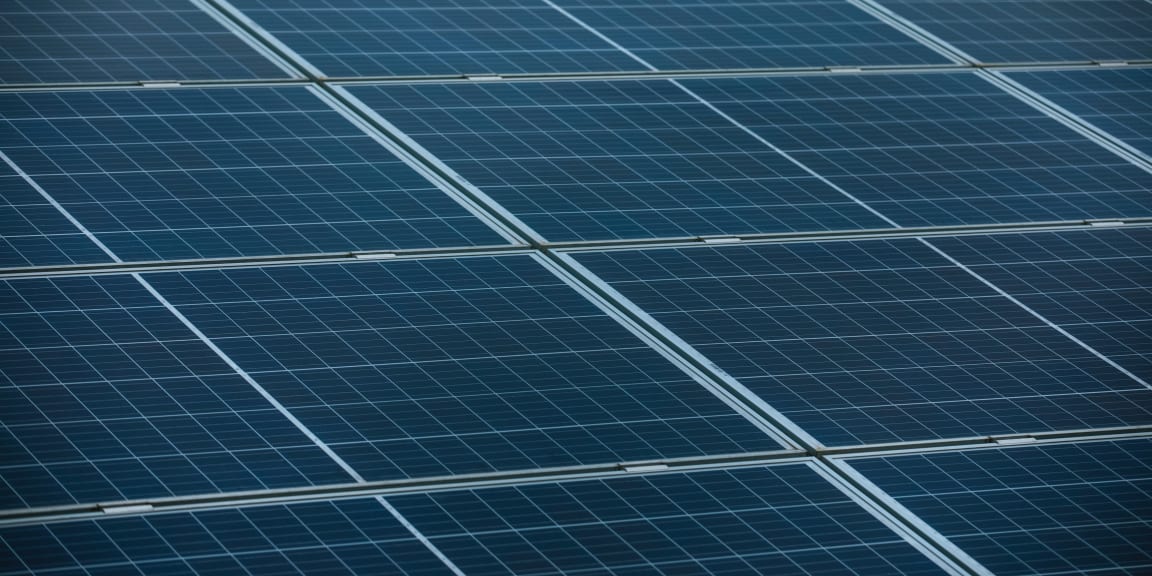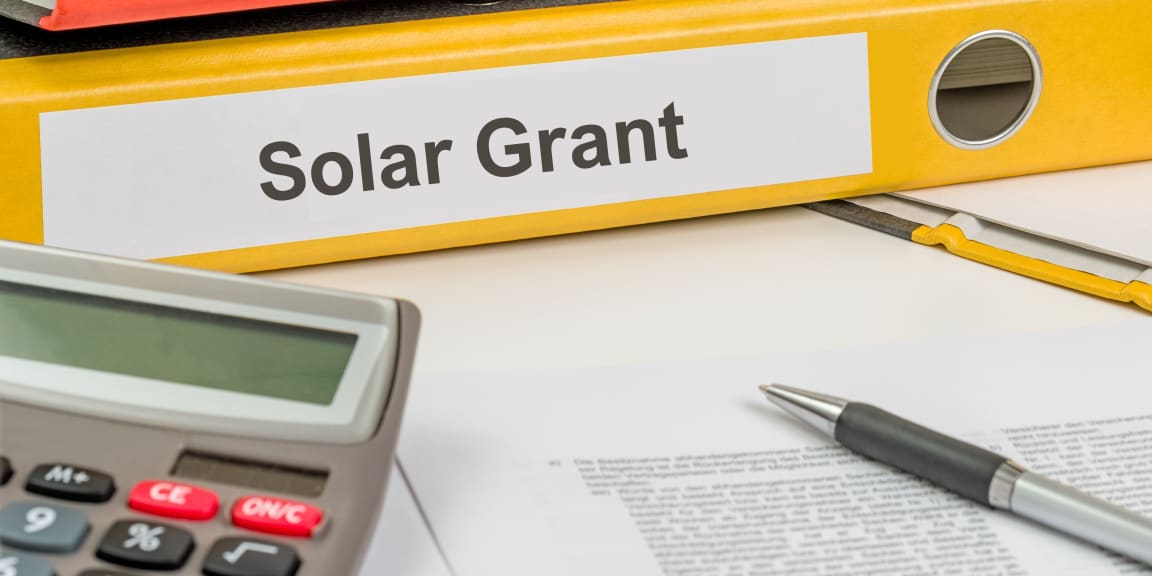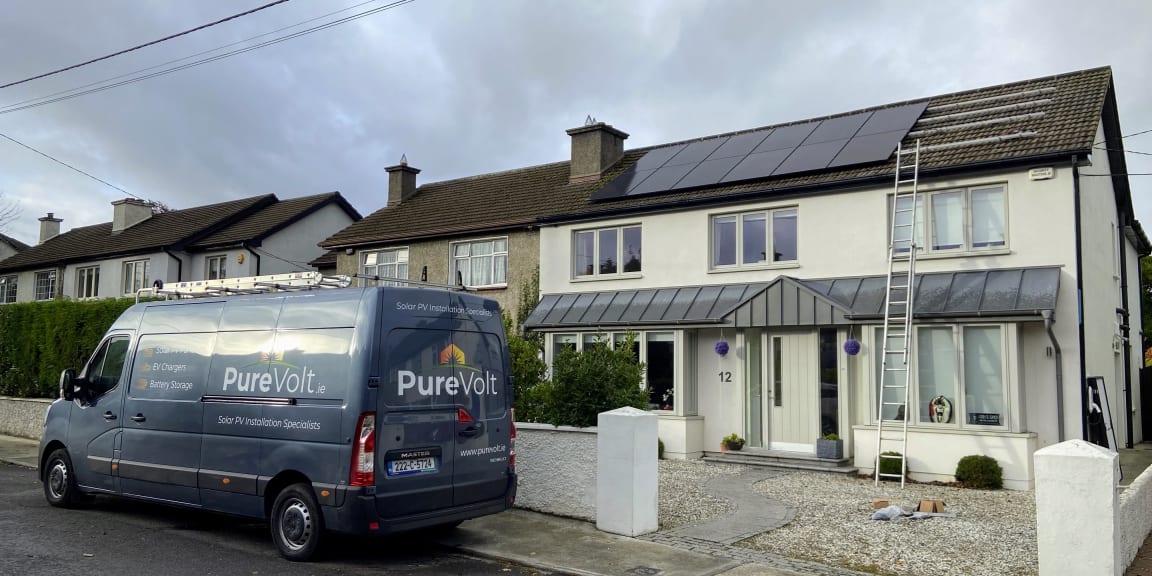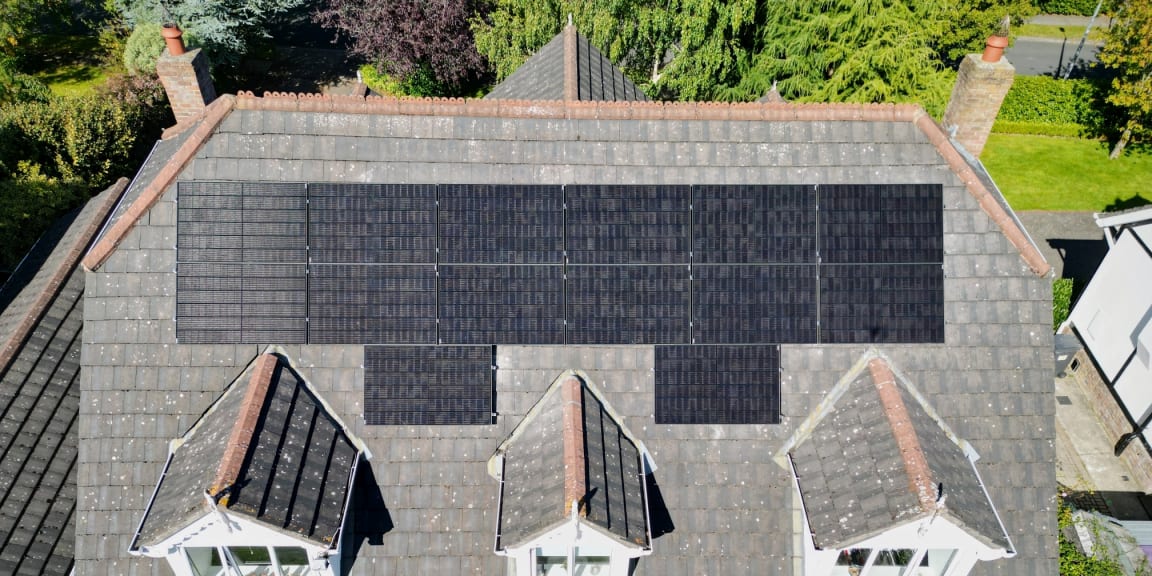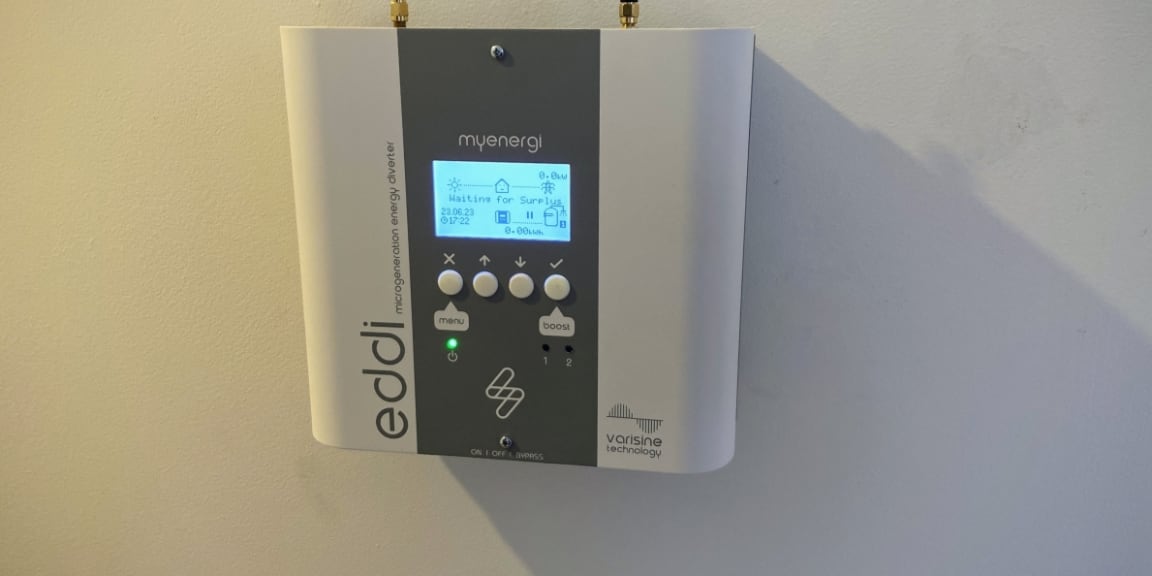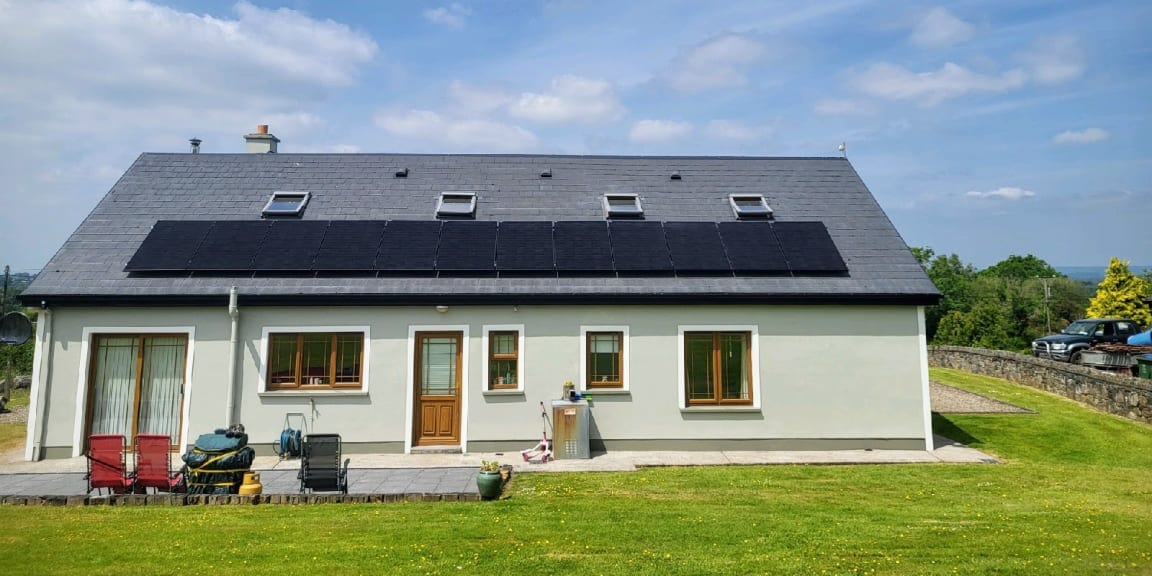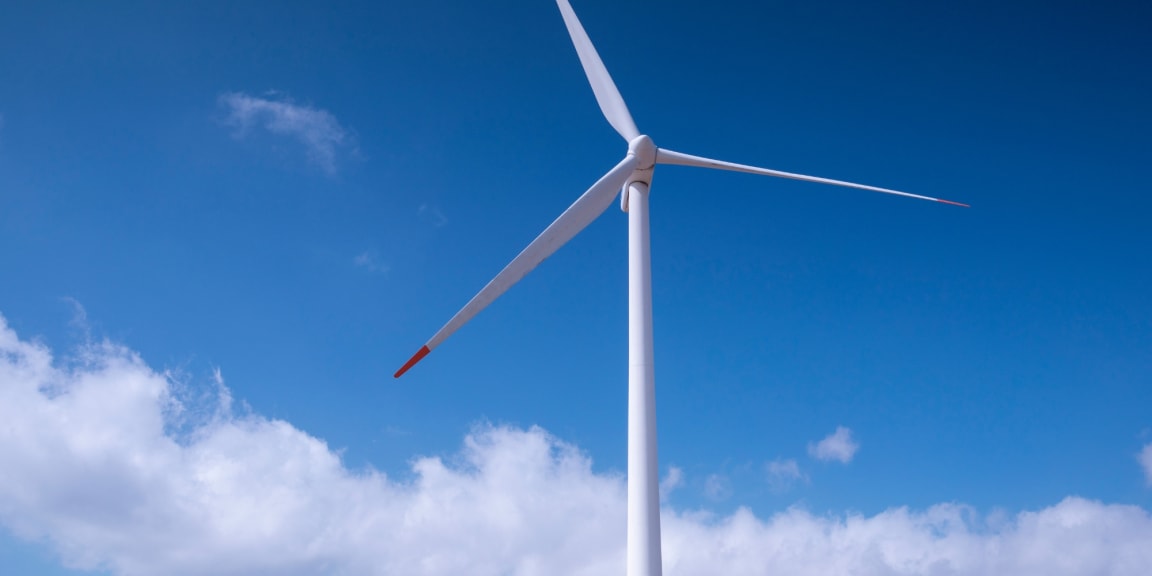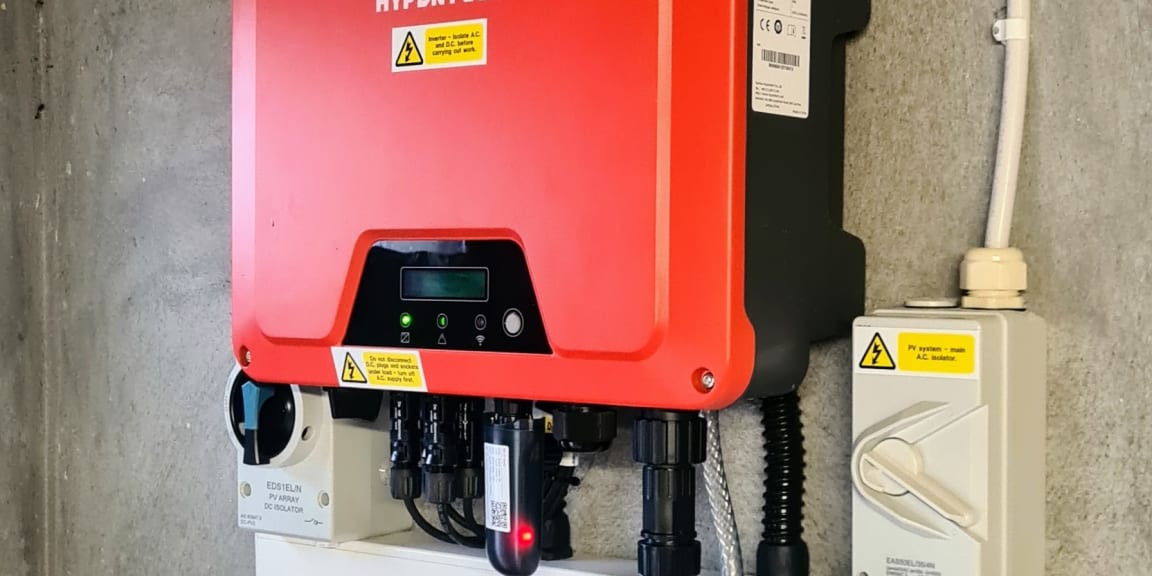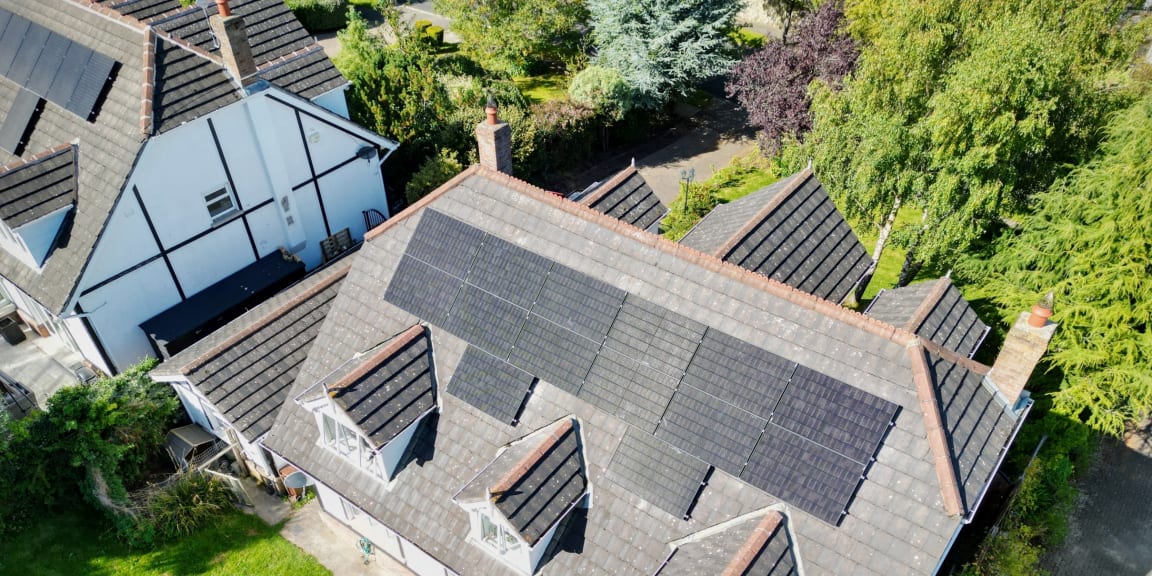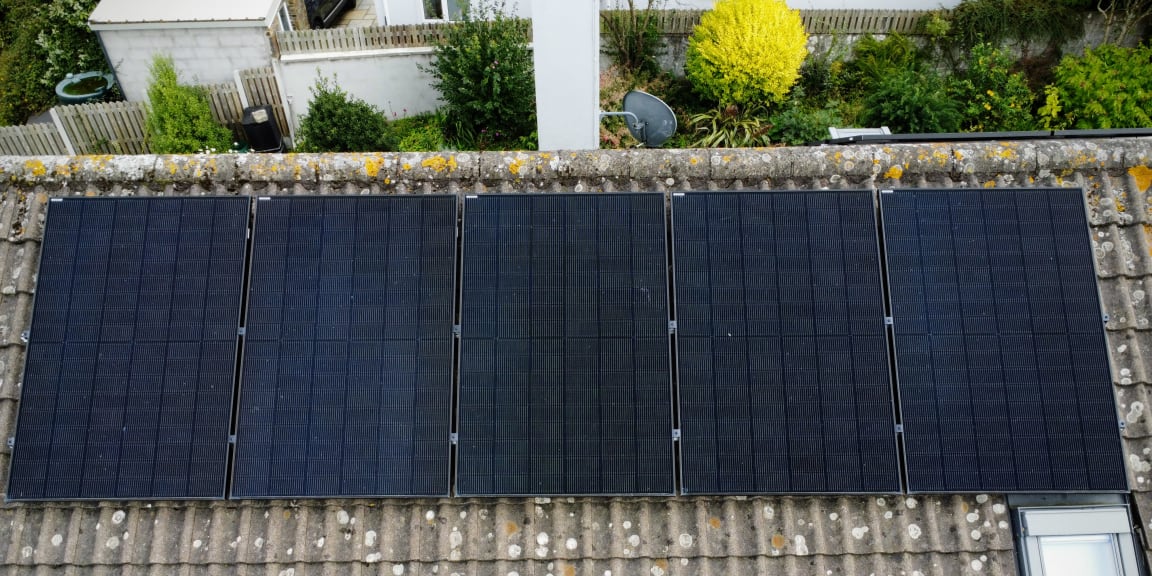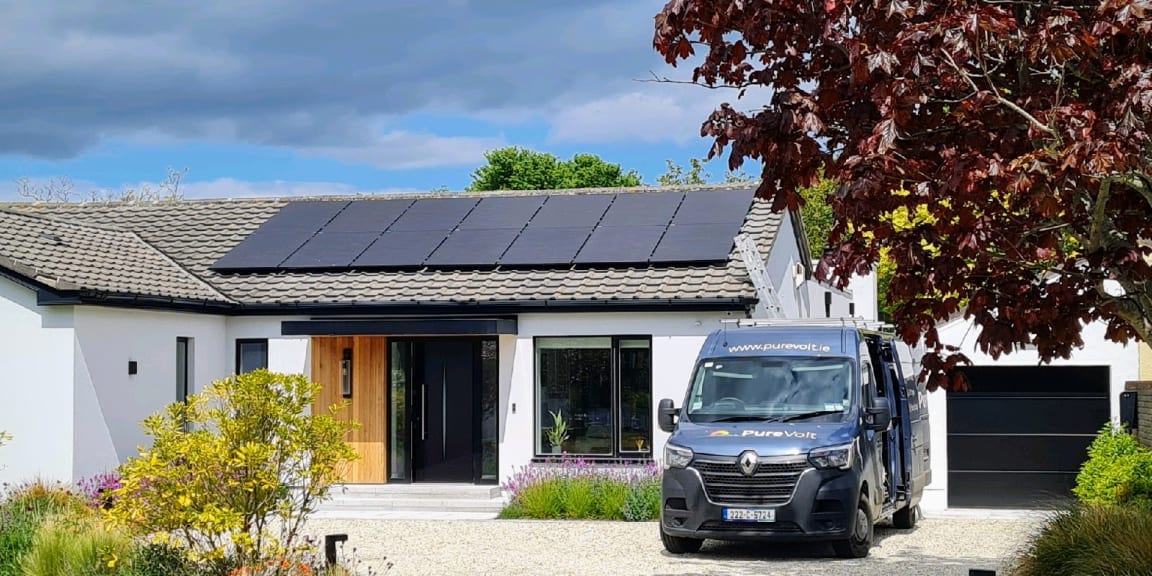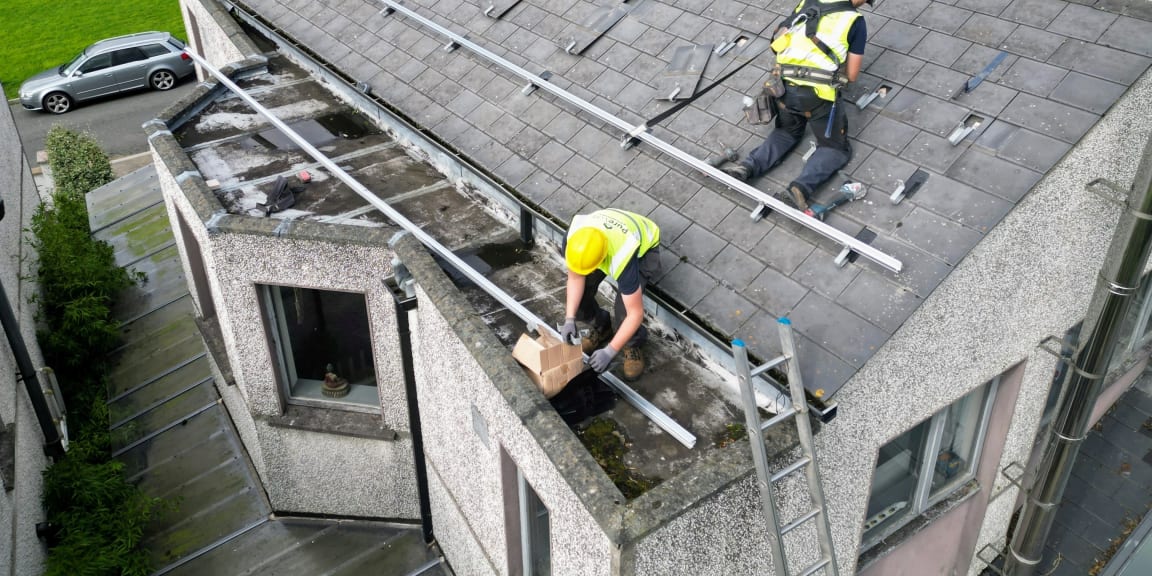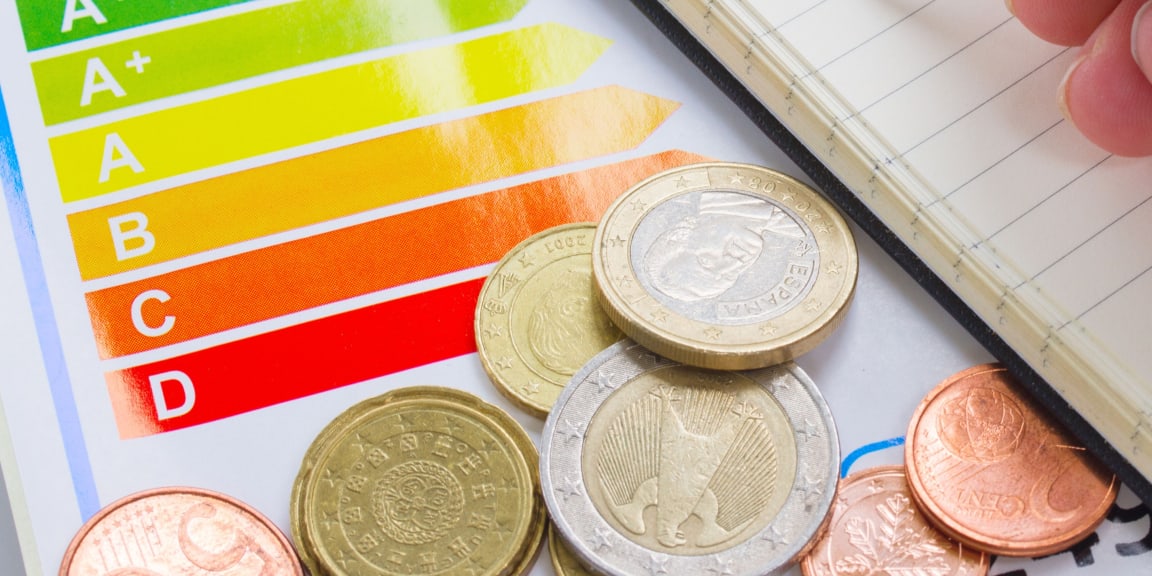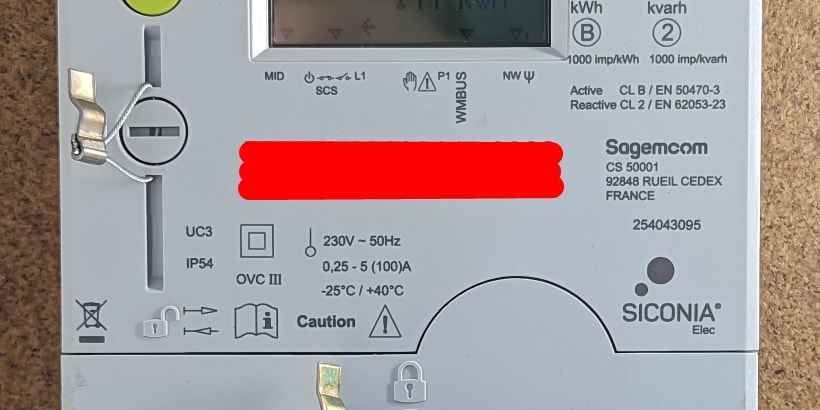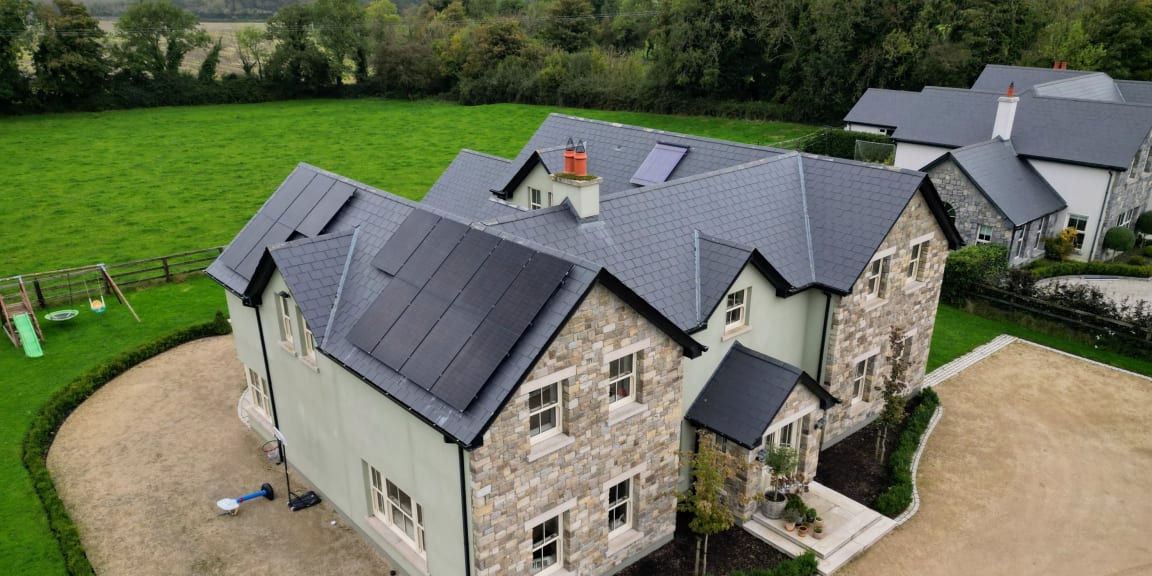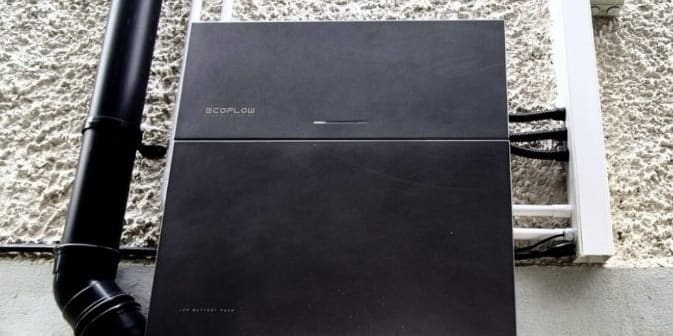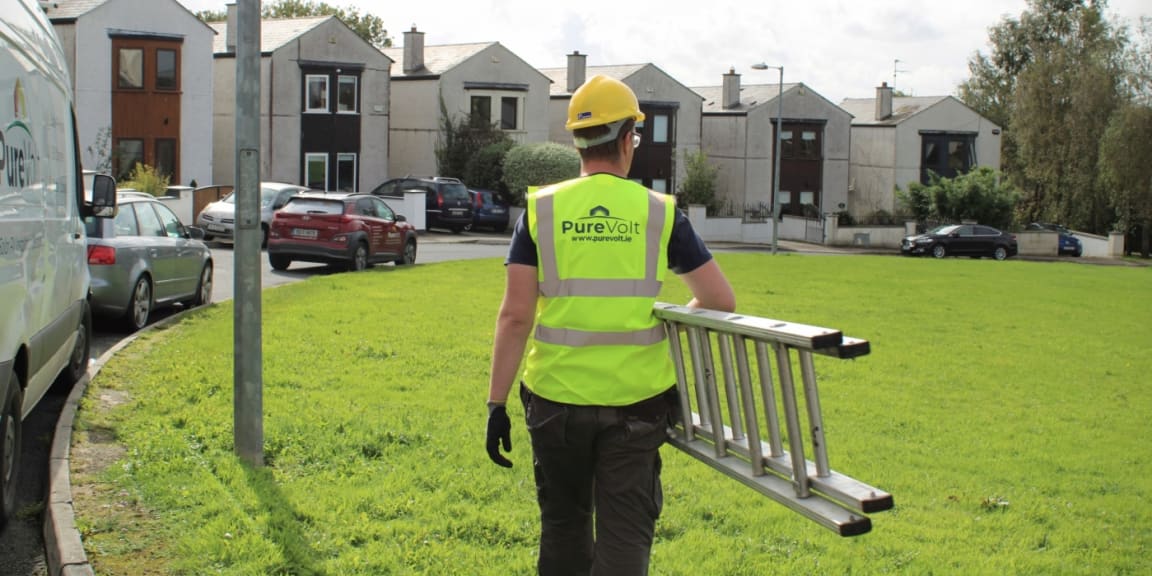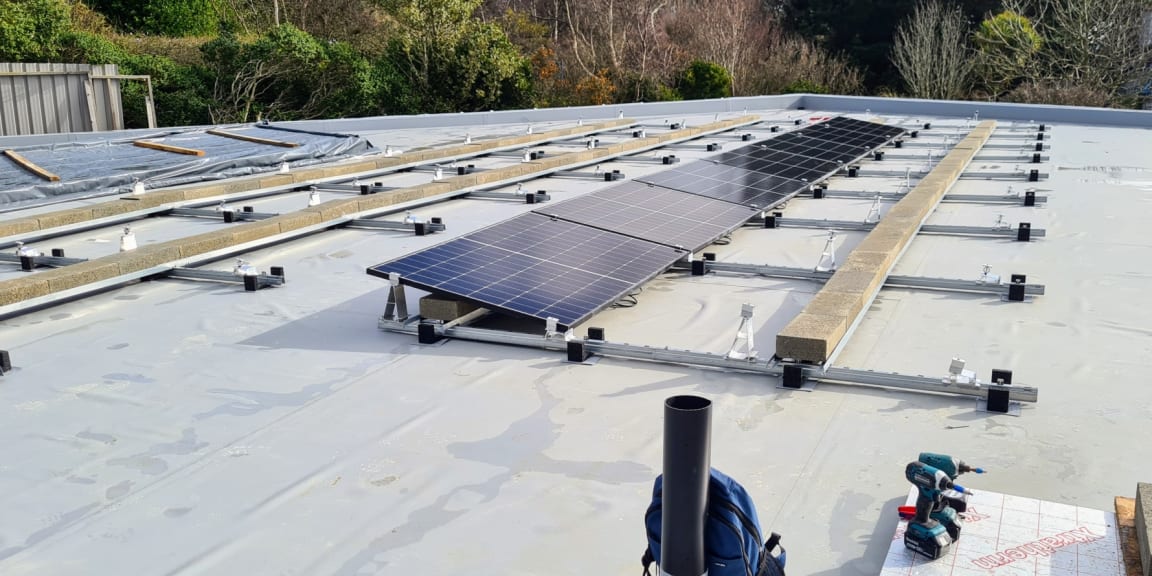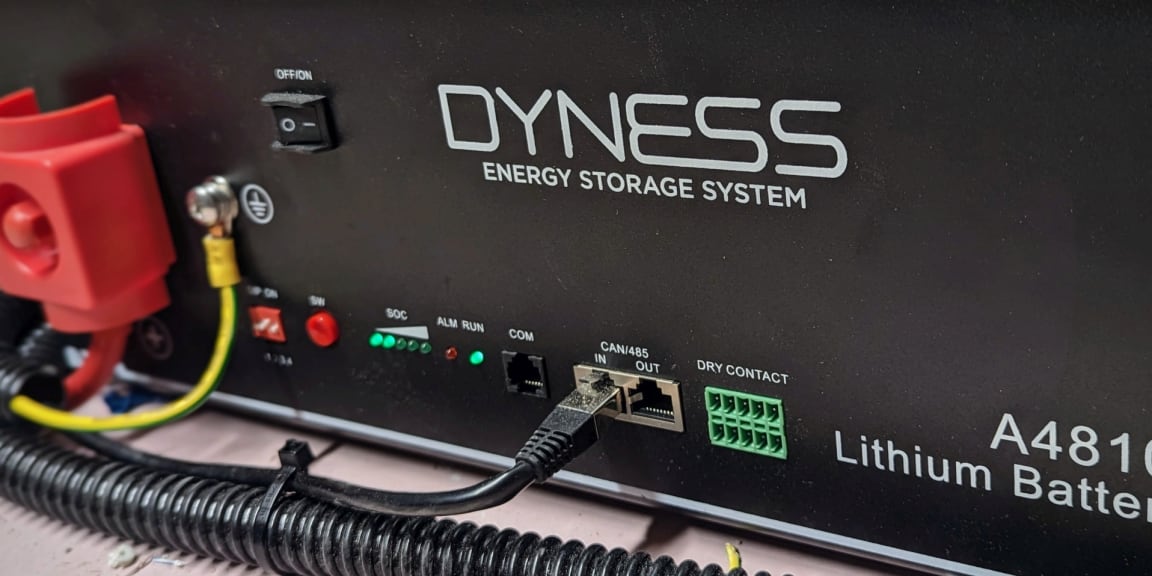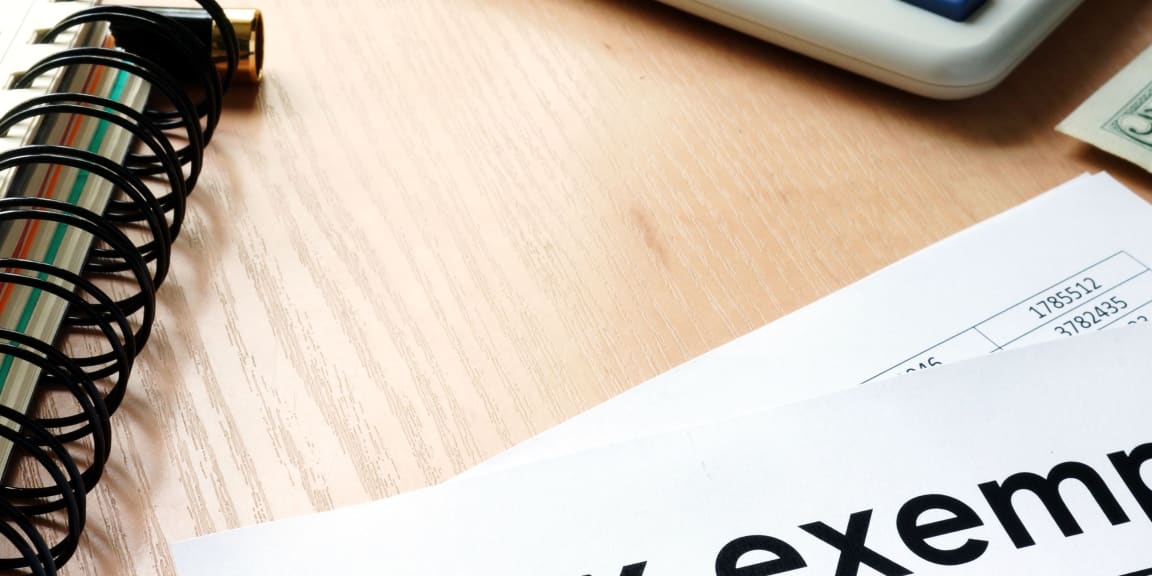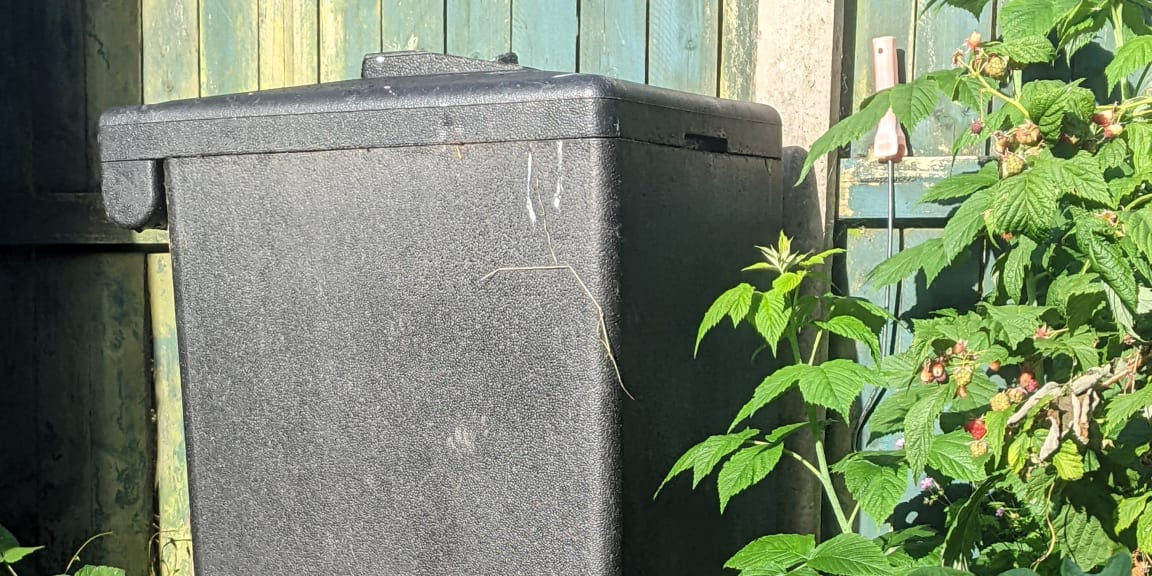
Electric car (EV) chargers installed We can install your EV (electric vehicle) charger along with our PV solar panels, all fully integrated to get the best from both.
We offer EV chargers as a standalone service or as an optional add-on with our solar panel installations. It's relatively straightforward and might add just a few hours to the overall installation time.
What does an electric car charger cost?
Adding an EV charger will cost around €1,400 to €1,600. This includes both the equipment and installation.
There's a bit of variation there as it depends on a few factors (location, exact charger model you pick, if any adjustments are needed to your fuse board etc.) We'll provide you with an exact quote for your home before you need to make a decision, and it's rarely outside those limits.
EV charger grants
Yes. There is a €300 grant available from the SEAI , so that reduces the end cost to you to €1,100 to €1,300.
Do you offer EV chargers as a stand-alone service?
Yes. We install EV chargers, solar panels or both.
If you already have solar installed, we can normally set the charger we install to recognise the solar output, so you can use the solar-EV charger connection features (more below on that). We say normally as perhaps one day we'll find an outlier case where it's not possible with a pre-existing solar panel installation, but so far it's always been possible.
If you'd like to discuss us installing an EV Charger for you, please just get in touch.
Can you get a solar-powered EV charger?
Yes, kind of. They are two separate systems which you connect together.
You get solar panels and an EV charger installed. Then they can be connected, so the EV charger knows how much excess electricity you generate and responds appropriately.
Charging your EV from solar only
Once the two systems are connected, then the EV charger can detect how much surplus electricity your panels generate, and then direct that into your car battery. So although they are two separate systems, they can be connected to work seamlessly together.
When you put the EV charger into solar-only mode, the EV charger will adapt the charging rate so it only uses spare solar electricity. Generally, it can vary the charging rate between about 1kW up to 7kW to match your surplus power.
When there's no surplus - if your house suddenly starts using more or the sun sets - then the charger automatically pauses, and will start up again as soon as there is spare solar electricity again.
If you're not in a hurry to charge and want to ensure that the power used is 100% green, this feature is perfect. All car chargers also come with a "charge now" mode that will use available solar electricity if there's any surplus. Otherwise, it will draw electricity from the grid if you need to charge immediately.
Connecting solar panels to your car charger is a great thing to do. Your EV is a great tool to soak up the excess electricity you are generating due to the large battery capacity of EVs. It's something we do ourselves here at PureVolt too.
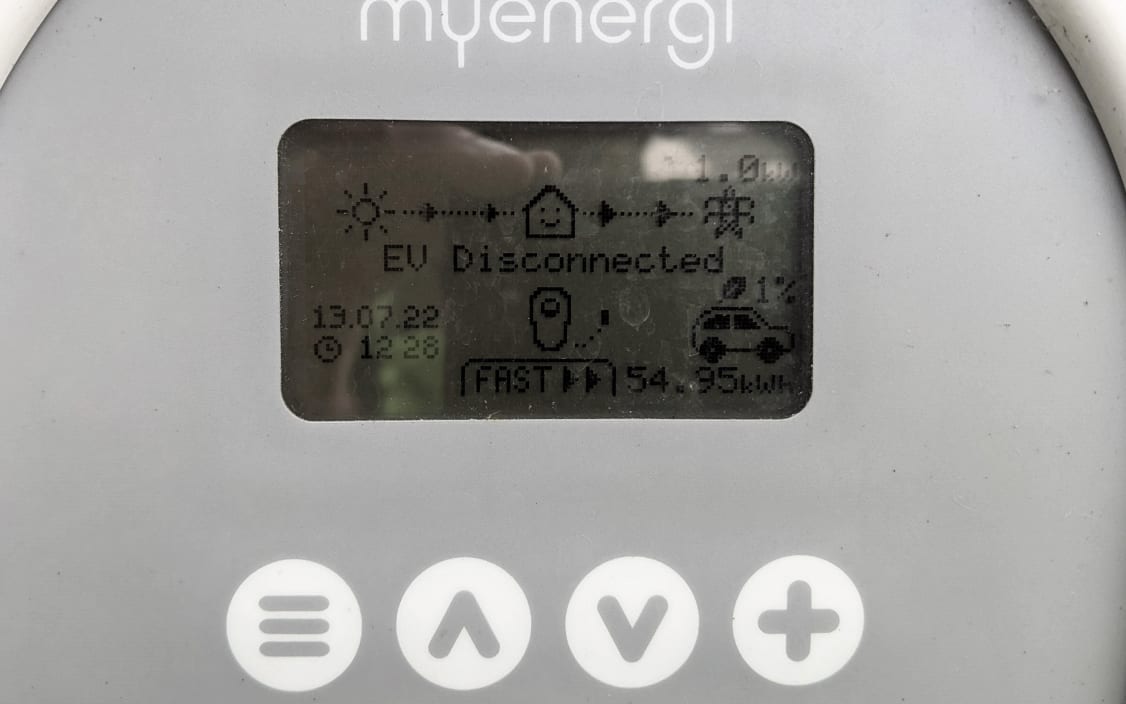
Are all car chargers compatible with solar panels?
Yes, but some integrate better than others
All chargers will work with solar panels. If your panels are generating excess electricity while you're charging your car, that surplus power will go into your car battery regardless of the type of charger you use.
With the standard car charger mode, the charger uses a fixed amount of power. If there's spare solar power, it will use that, but if the charger needs more than that, it will just pull from the grid to keep the car charging at the set pace.
Certain car chargers (like the Zappi and new Ohme EV chargers) also have a special solar-only mode, where the charger will vary the power / auto-pause to use only your spare solar electricity.
Let us know if you'd like this feature, and we'll ensure that the charger we recommend includes it.
How many panels do I need to charge my EV?
We get asked this quite a bit, so we've built a simple calculator to help show you what solar panels can do to charge your EV.
Below you can pop in the number & power of your panels, select your car, and it'll give you the average number of kms of range per day you could get.
The three methods of charging your EV
The number of solar panels needed to charge an electric vehicle in Ireland depends on the charging method you select.
System 1: Charge directly from solar
Power flows directly from your panels to your electric car. This only works for those who are home by day.
More about charging directly from solar.System 2: Sell excess solar power to the grid, then by back at night
Works for those who are out by day. The best value option too, as with the right smart meter plan you can sell for a high rate and then buy back cheaper overnight.
More about selling power to the grid, then by back at night.System 3: Store in solar batteries, then charge your electric car from these
Worst value for everyone - the cost of solar batteries is too high to make this viable.
More about using storage batteries to charge an EV.
Charging Plan Used: Energia "Smart Drive" plan
Sell excess solar power to the grid during the day for 20 cents / kWh, then buy back (from 2am - 6am) for 8.31 cents / kWh.
This is the best plan we've found for those with both solar and an EV, due to the longer than normal four-hour window at night to charge your car very cheaply. Effectively, you use the grid as your storage. And even better - for every 1 unit you sell, you get almost 3 units back if you charge during that 2am - 6am slot.
You can of course just charge your EV directly from the panels, but as you can see you don't get the same range added without that benefit of getting back more units than you sold to the grid.
Maximum buyback is 28 kW per night
We've assumed a 7kW charging speed (which is standard for home car chargers). So, in the 4-hour window, that's max 28 kWh of electricity you can buy back from the grid each night and put into your EV.
If you are buying back more than that 28 kWh per night, you'll be buying back at a higher rate. The advantage that the sell-and-buy-back scheme does reduce when you start going over the 28 kWh per night.
Guide figures only
Please take this as a rough guide only. We've purposefully over-simplified this to make it more usable. Also, this gives the average figures only - there can be significant variability day to day depending on the weather.
In reality, you'll always have days when you'll need to pull power from the grid to charge your EV, but the above should give you a good idea of how much of a reduction in your electricity consumption solar can give.
Which brand(s) of car chargers do you install?
If you have no preference yourself, generally we would recommend either the Zappi or Ohme, and the prices above are based on that. Both are great, reliable car chargers and work very well with solar in particular (more about that below).
There are other brands, both cheaper and more expensive, and if you've another brand that you would prefer, that's no problem at all. We can install whichever make and model you would prefer.
Do you have electric vehicles yourselves?
Yes, we strongly believe in the benefits of both EVs and solar energy for the planet, as well as the economic advantages. We personally use both solar panels and electric cars.
Which makes/models do you use?
For our site inspections, we have a Hyundai Kona electric car. We opted for the big battery version (64kWh, 450 km range) and found it ideal for Ireland. We have Zappi car chargers integrated with our solar panels.
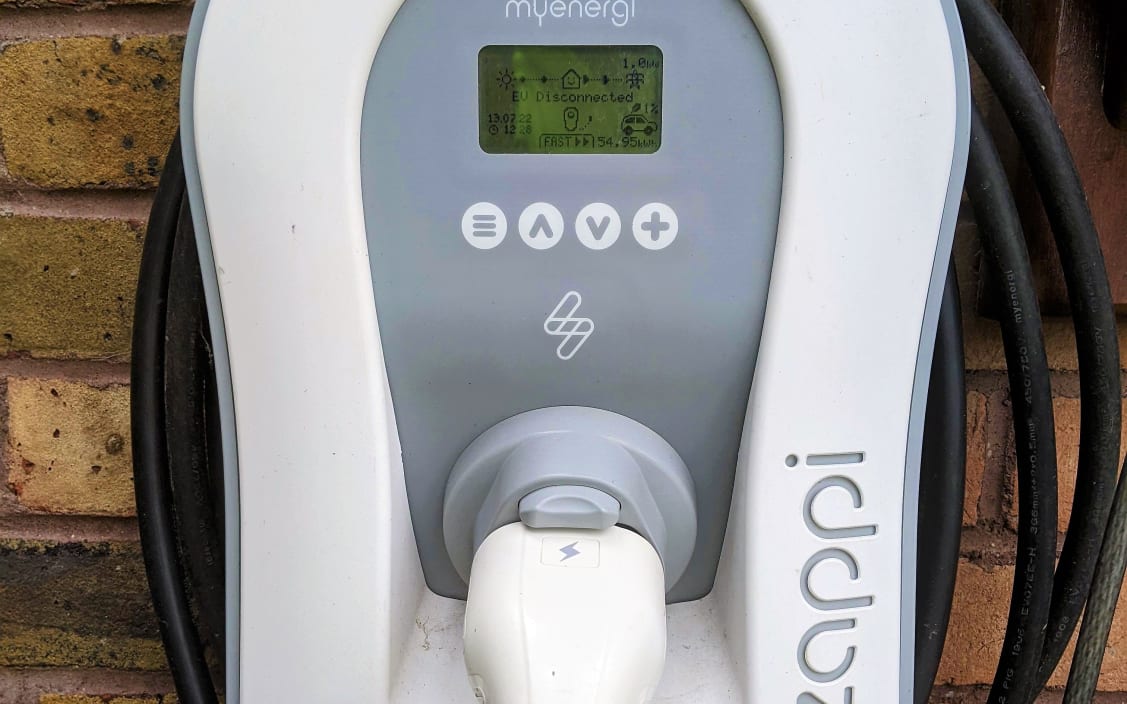
Are all home chargers compatible with all electric cars?
Almost always yes.
Most EVs sold in Europe are fitted with a "Type-2" charging socket, the type home chargers would have as standard.
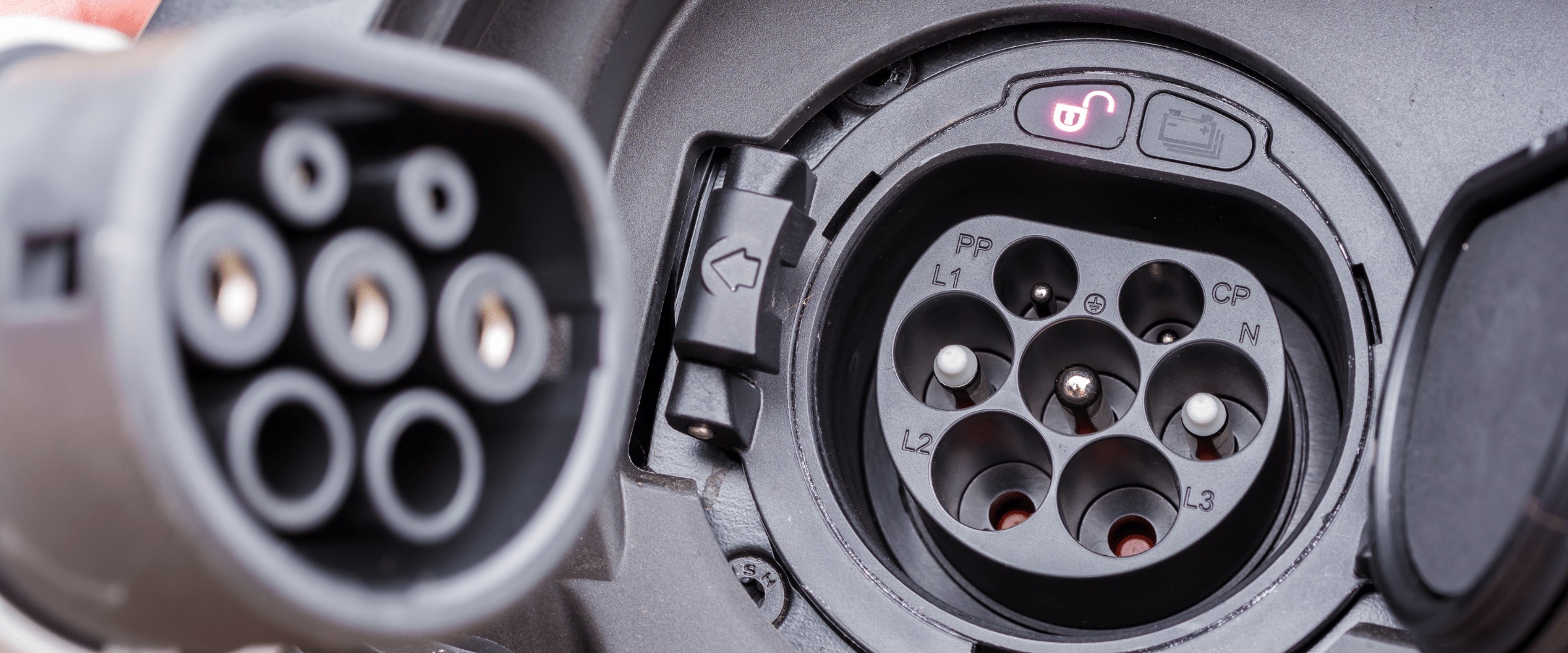
If you are unsure though, please feel free to send us the year, make and model of your car (or just a photo of the charging ports) and we can double-check for you.
What do I need to think about first?
Location
Car chargers are normally mounted on an outside wall. They vary in size a bit, but most are roughly a box that's 45 cm by 30 cm (varying by model). Obviously, you want it to be close to where you park your car (cables tend to be 5 m - 7 m depending on the charger, though please ask if a longer option might be required), but the electricity supply needs to be considered too.
The charger will need to be directly connected to your fuse board, so the most common is to mount on the outside of your house for electricity supply. Mounting to things like garden walls can be more difficult due to the electricity supply directly to the fuse board, but never hesitate to ask, and we'll let you know what's possible.
Tethered or untethered
Tethered means it has a cable permanently attached to the charger. Untethered means there is no fixed cable; instead, you use the cable that comes with your car.
Myself, I'd always recommend tethered. I've owned an EV since 2019, and have a tethered charger. It's just so easy and handy. I can just grab it when I walk past and plug it in 2 seconds.
Untethered is a tiny bit cheaper (€20 to €30). But I find using the cable that comes with the car a pain. It's always buried in the boot (as you rarely need it), and coiling it up afterwards to get it back in the case is a pain too.
Will my house's electrics be compatible with a car charger?
Almost always yes.
A standard electric car charger uses about 7 kW of power, about the same power consumption as an electric shower. Adjustments are not normally needed for your house or its electricity supply (though we will always check this for you before installing anything).
Fuse Board Checks
If your fuse board is old or has issues, or your house is missing electricity safety items (like proper earthing) they would need to be fixed. This is not normally a major job and is something we can do for you during installation. We will always check this and let you know if anything is needed.
Please note, this is not something specific to car charger installations. This is universal for electricians installing anything - be that car chargers, solar panels, or doing any other work. If, for example, the earthing is missing then any electrician would have to correct that before they can sign off any new work, and getting such safety items up to standard is no bad thing.
How fast can I charge an EV at home?
A home car charger normally puts out about 7 kW of power. That means:
Standard size battery - about 6 hours
Here, we calculate based on a standard-size battery in a new Nissan Leaf (40 kWh) or Hyundai Kona EV (39.3 kWh).
Larger size battery - about 9 hours
Here, we calculate based on the larger battery options in a new Nissan Leaf (62 kWh) or Hyundai Kona EV (64 kWh).
Please note - the last few percent is slow
If you've looked into EV charging times, you'll have seen countless stats of 10% to 80%, 5% to 80% and alike. The reason they quote up to about 80% is because charging tends to slow down above that as the battery approaches full.
Generally, electric cars will charge at the fastest speed possible, up to around 80%. After that, the car gradually reduces the charging speed. After that, the car gradually reduces the charging speed. This helps protect the battery from damage, and increase its lifespan. So, take the figures above with a pinch of salt for getting to exactly 100%, as that will depend on how much your car slows down the charge for those last few percent. Still, you should be very close to full in those times without a problem.
Can I not just use a standard plug socket to charge my electric car?
Yes, but it's slow
Yes, you can charge an EV from a normal 3-pin plug, and most EVs come with a special cable to do that (often referred to as the "granny cable").
The disadvantage is that it's very slow, taking 3 - 4 times the time of a standard home electric car charger.
Standard 3-pin plug sockets will normally charge an EV at around 2.2 kW, which would mean:
Standard size battery - about 19 hours
Again, that's a new Nissan Leaf (40 kWh) or Hyundai Kona EV (39.3 kWh).
Larger size battery - about 30 hours
The larger battery versions of a new Nissan Leaf (62 kWh) or Hyundai Kona EV (64 kWh).
Understanding your car's charging ports
Let's start with your car. Almost all electric vehicles have two different charging ports:
1. The AC charging Port
This is the lower speed port. You'll use that when you plug into a normal plug socket, your home charger, or chargers you see in supermarket car parks/town centres etc.
Almost all vehicles sold in Europe use what's called a "Type-2" socket for this.
2. The DC charging Port
This is the super-fast port. You'll normally only use that on motorway service stations where they have the super fast chargers.
Most vehicles here use a "Combined CCS" socket for this, but some (notably the Nissan Leaf) use a "CHAdeMO"
Your car has a maximum charging speed for each.
You can plug your car into a higher-power charger, no problem, but your car will set its top limit for the charging power it takes.
For example, our Hyundai Kona (2019) will take up to 7 kW in the AC port and 100 kW in the DC port. We can happily plug it into a 20 kW AC charger, but it will still only charge at 7kW.
The 4 types of EV charger
There are four main types of chargers you might use as an EV owner in Ireland.
Please note I've slightly over-simplified below. While there are always exceptions with new EVs and chargers, I hope this provides a useful starting point for those new to electric cars.
1. The Granny cable (AC)
This is an adapter that will plug into your normal household three-pin socket. Yes, you can charge your electric car from a normal plug socket. But it will be slow, taking around 19 hours for a full charge for our standard Nissan Leaf / Hyundai Kona.
Technical details:
- ~2.2 kW
- AC
- ~15 hours for an 80% charge (New Nissan Leaf / Hyundai Kona with standard 40 kWh)
Standard usage
It's something that we rarely use, perhaps only when on holiday in a rented house/B&B.
2. The home car charger (AC)
Most people who buy an EV get a home charger installed because it is much quicker and far more convenient than the granny cable.
Technical details:
- ~7 kW
- AC
- ~5 hours for an 80% charge (New Nissan Leaf / Hyundai Kona with standard 40 kWh battery size)
Yes, you can get a 3-phase home car charger which will put out up to ~21 kW. But that would only work if your house has a 3-phase supply (which is very rare), and lots of cars will not charge on AC power at such rates anyhow.
Standard usage
For most people, this is the vast majority of their charging. We would highly recommend a night rate meter. It's very easy to set so your car only charges overnight on cheap electricity, which makes it great value as well as better for the planet.
3. Public AC chargers (the standard speed chargers)
These are the standard electric car chargers seen in places such as supermarket car parks and parking spaces in town centres.
In Ireland, most of them are provided by ESB (more about suppliers below). Generally, you need to bring your own cable with you to use them.
Technical details:
- ~7 kW to 40 kW
- AC
- ~2 to ~5 hours for an 80% charge (New Nissan Leaf / Hyundai Kona with standard 40 kWh battery size)
Do note here that the max charging rate your car will take through its AC port (very likely a "Combo CCS" port) varies a lot between models. It doesn't matter if you plug it into a 20 kW charger if your car limits its max intake to 7 kW.
Standard usage
We don't use them often, just really for the odd top-up when out and about. They are handy when in town/shopping as you can charge up at the same time. We'd rarely use one for a full charge though.
4. High-speed public DC chargers
You find these mostly at service stations on motorways and major roads. These are the super high-speed chargers.
In Ireland, there are two main networks - ESB (cheaper, normally 50 kW), and Ionity (more expensive, up to 350 kW).
Technical details:
- ~50 kW to 350 kW
- AC
- ~35 to ~40 mins for an 80% charge (New Nissan Leaf / Hyundai Kona with standard 40kWh battery size)
Do note here that although there are 350 kW chargers available, most cars will limit their charging speed to 100 kW - 150 kW.
Standard usage
We use these when travelling long distances. They are fast enough that by the time we've got a coffee and sandwich, and stretched the legs, there's plenty of charge in the car when it's time to go.
Side Note - Tesla Superchargers
Tesla has its own network of chargers, that they call Superchargers. These are DC chargers using the Combo CCS port which most EVs have.
Although technically most other car brands would work with Tesla Superchargers, Tesla does not currently allow non-Tesla cars to use them.
There are moves from the EU to make all chargers available to all EVs. Some Tesla chargers in the EU now allow any make to use them, so this may change soon here in Ireland.
Using apps and accounts
To use public EV car chargers in Ireland, you don't need an app to pay for your usage. Myself, I use a combination of two different apps.
1. ESB E-Cars Connect
I would recommend signing up for ESB E-Cars Connect. ESB has the largest network of chargers in Ireland, including most of the standard speed chargers you find in town centres, car parks and alike.
They offer the best value, with rates varying from 34 to 46 cents/unit (depending on which price plan and charger speed you opt for).
Top Tip: Get the App and Card
They offer a useful app that provides real-time information on available chargers, including their status and any that may be out of order.You can also start and stop charging from the app - very handy.
I'd also recommend getting the card too - that's credit-card sized, and you can tap it on the side of any ESB charger to start and stop it. The app works 90% of the time from my experience, so it's great to have the card for the odd issue. Quick side note here - ESB E-Cars Connect are super helpful on the phone too. You can call them any time, and they can turn the charger on for you remotely, a handy fallback just in case.
Most of their high-speed DC chargers max out at 50 kW (though some higher-power ones are popping up now). That's the only chink in their armour in my experience, and why I sometimes use Ionity.
2. Ionity App
For the long journeys, I occasionally use Ionity as they have a good network of 100 kW+ chargers on the motorways - It's handy for making a quick stop and then getting back on the road.
They are much more expensive though at around 71 cents/unit, so really I only use them when I'm in a rush.
I'd recommend the app here. Yes, you can just pay by card at the charger, but I've found that temperamental at times. You can sign up for pay-as-you-go with their app, then just start and stop chargers within that. Their app also shows all the locations, live info on which chargers are currently available and alike.
Public charger fees and fines
You can use chargers for as long or short amount of time as you like. The charger logs how much power you've used, then you are charged for those units of electricity.
Please note though, that you have a maximum time to unplug once your EV battery is full. Some charging networks will fine you for leaving a full car plugged in, blocking a charger if you leave it there for too long!
Thankfully, most apps will tell you how full your car battery is, so you can easily keep an eye on it.
